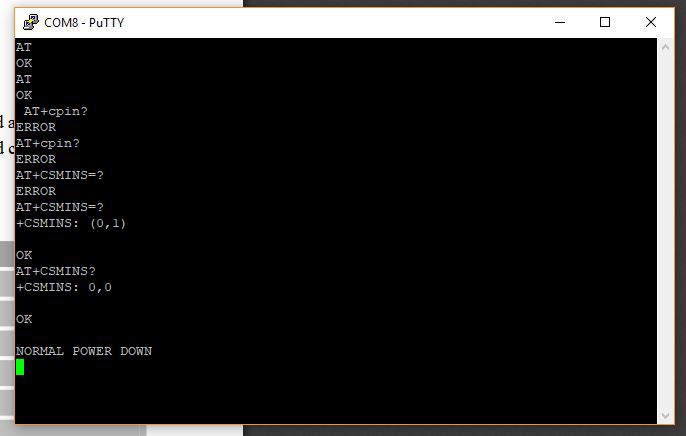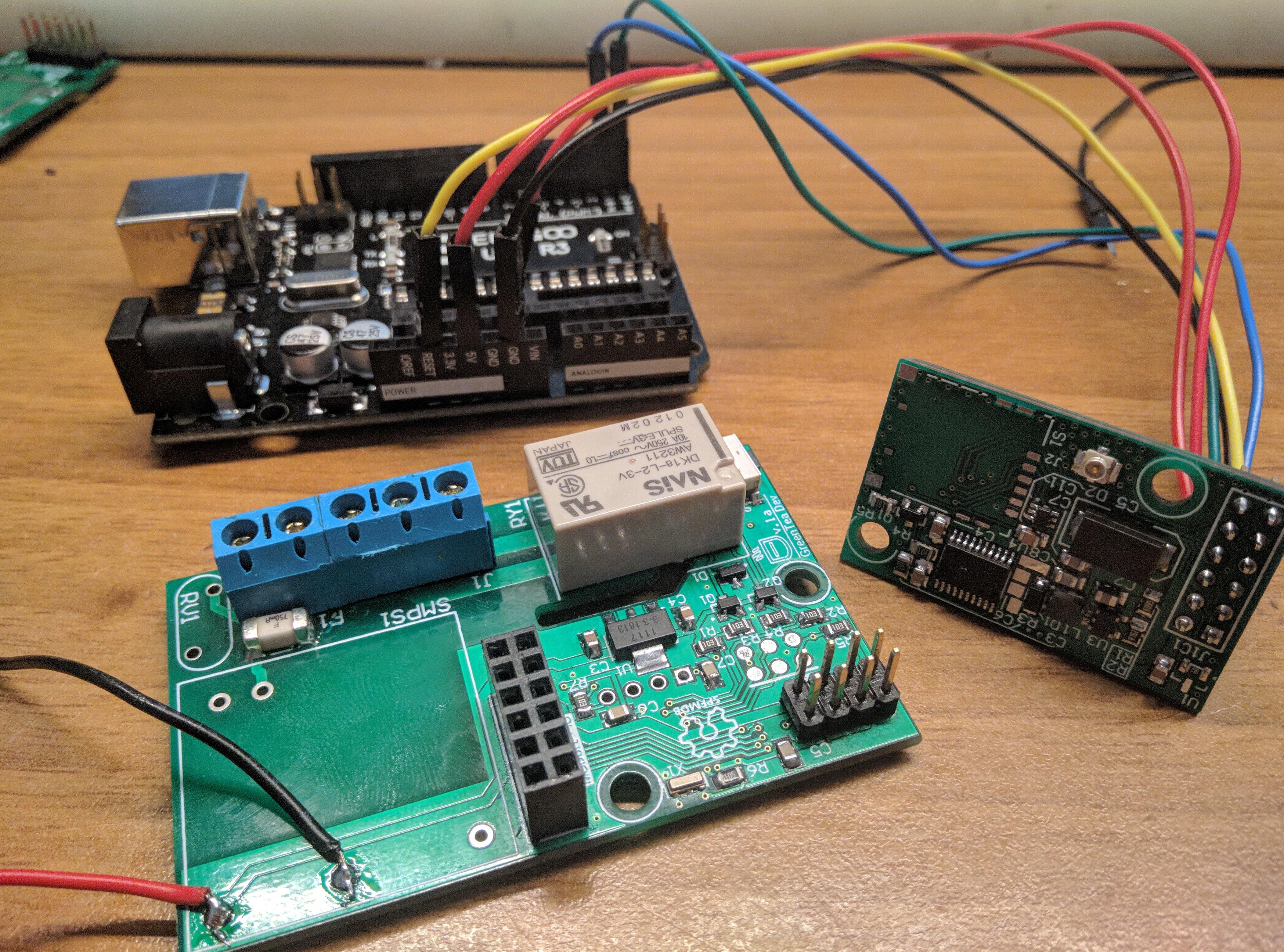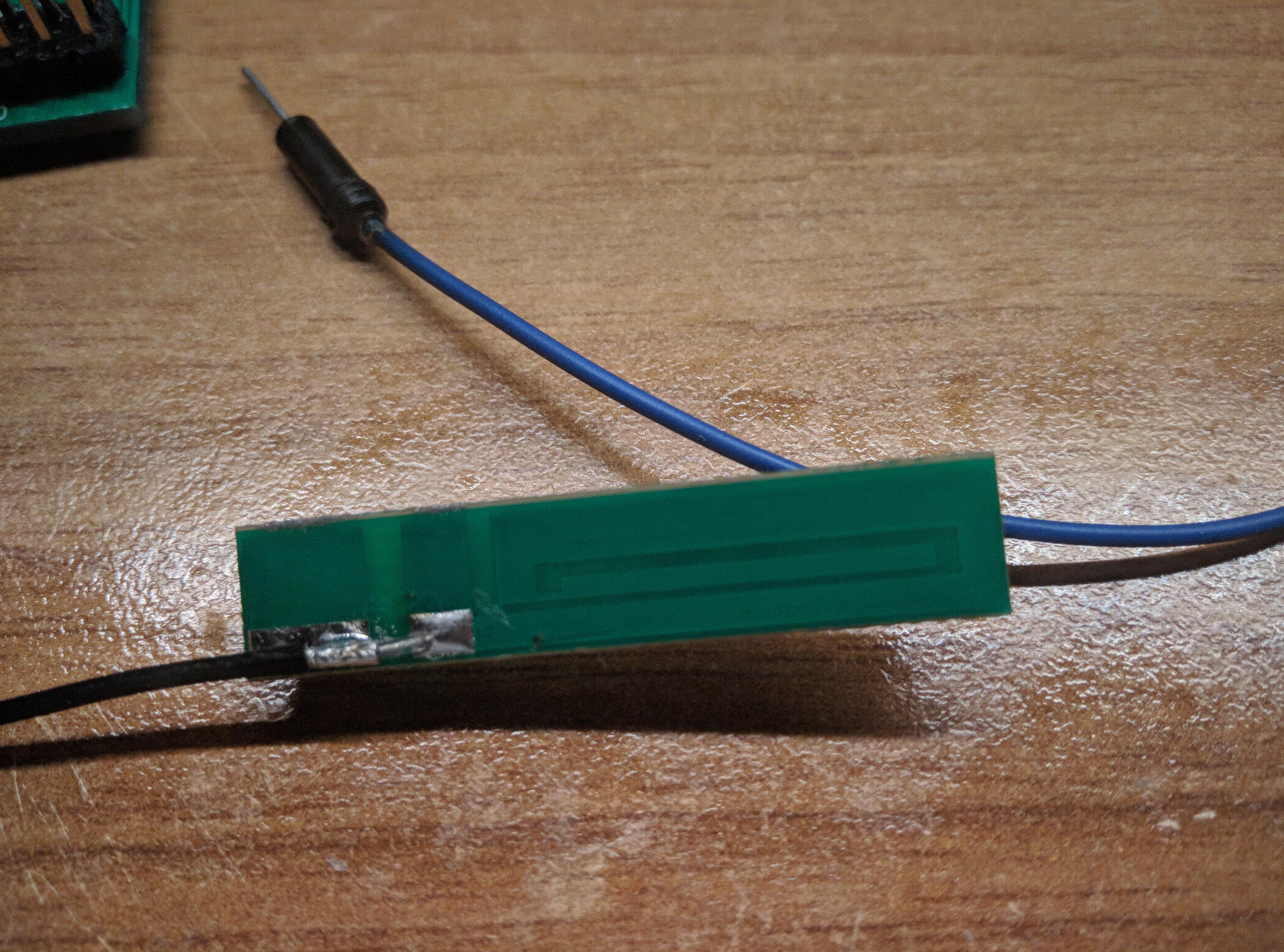I do not want to miss out on useless talk. (It's late and I want to go to sleep)
Today I received the new TXS0108E. I wanted to do some tests with these components. These, unlike the TXB0108, are designed for Push-Pull and Pull-Up applications. I wanted to try to understand if the problem was caused by some resistor inside the SIM800 module that created confusion with the direction auto detect of the TXB0108 IC.
By doing some tests I noticed some improvements on the behavior with the TXS variant but the communication still wasn't working.
In desperation I opted for one last attempt (Before replacing the level shifter with a pair of mosfets on the design). I decided to replace my FTDI cable with an unpopulated ARDUINO board. I took the PWRKEY low for two seconds, I waited but I did not get the message "RDY" as wrote in the datasheet. I tried to write random characters but I did not get an answer. Fatality I did not know the baud of the module and the datasheet is not very clear (I have forgot since last test days). I then looked in the code of the "TinyGSM" library: to auto-boud probe the library tries to send "AT" and wait for an "OK" for reply.
Now disappointed I tried, getting as a result the notorious "OK".

Between one test and another I broke a PCB (it fell off and a track was torn off), and I changed the chip between the two models several times; comparing the serigraphy I found that the "test" working I had obtained with the "old" chip or the TXB0108!

Probably the module worked from the beginning but my FTDI adapter did something strange and made this stage of the development process a hell.
Next week the SIM socket and the last pieces for the Baseboard (Power module and MOVs) should be delivered.
This is the current serial testing setup (I use the RESET to pull the PWRKEY to LOW):

Just a quick note, I don't have fancy equipment to test things out but to me this desing look similar to a 2.4G antenna than to a GSM one. Any clue?

 Nicolò
Nicolò
Discussions
Become a Hackaday.io Member
Create an account to leave a comment. Already have an account? Log In.